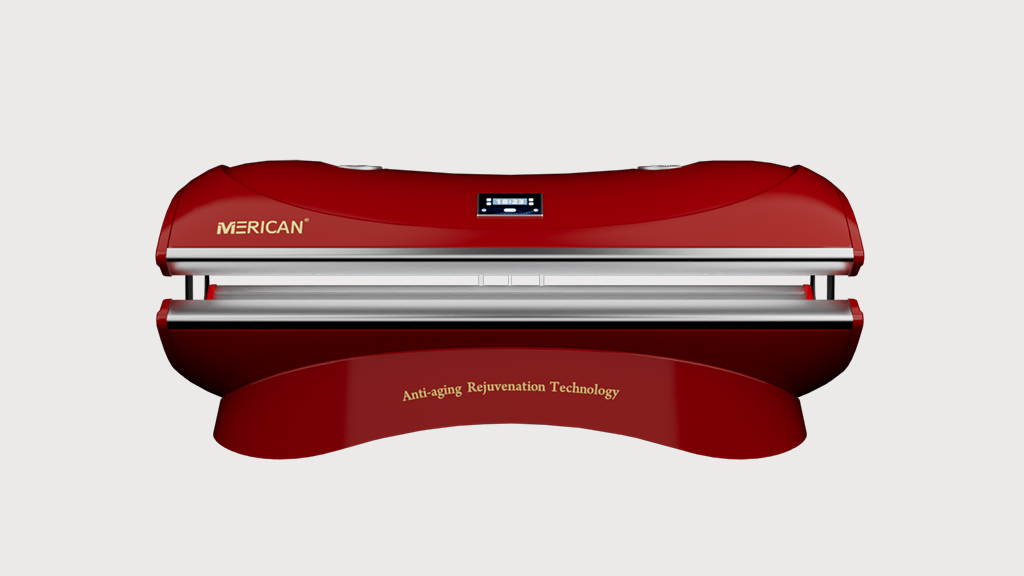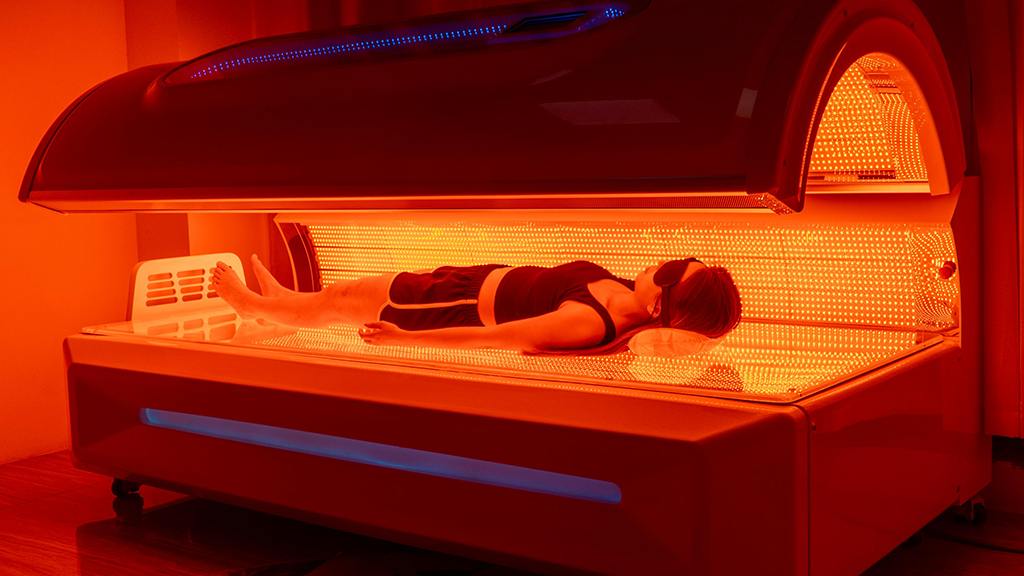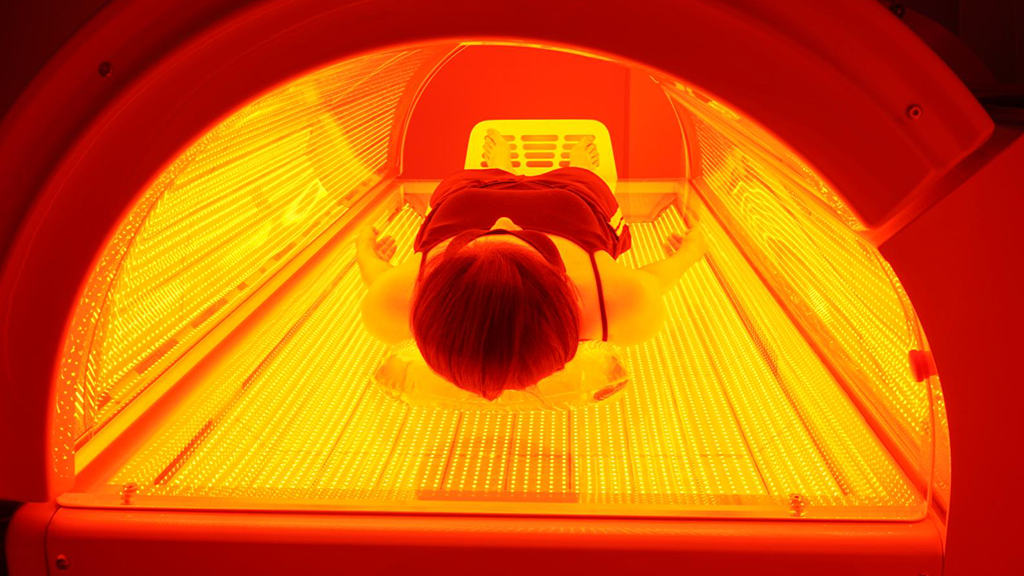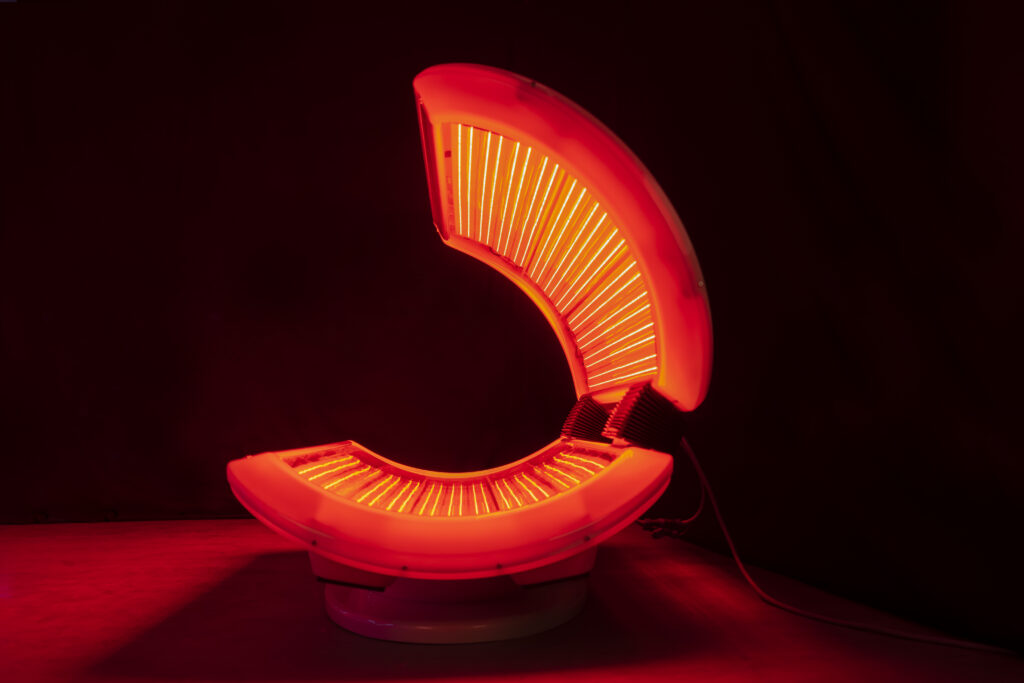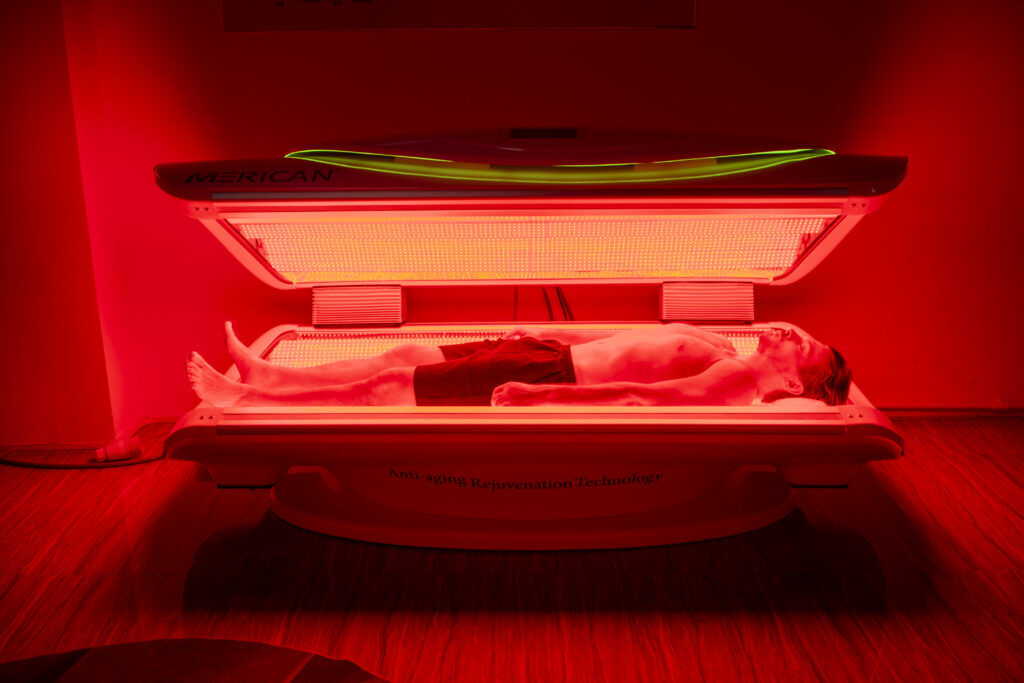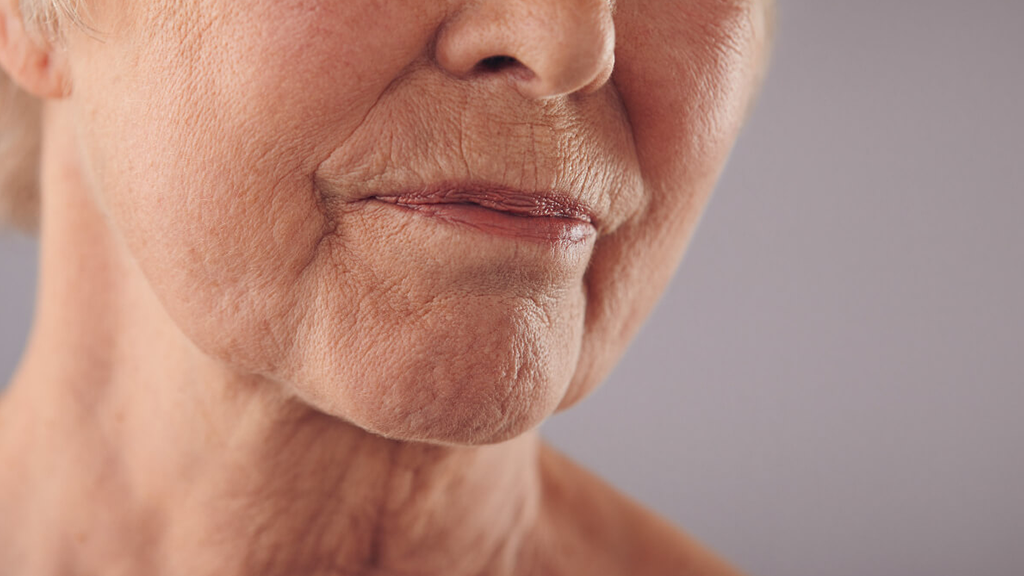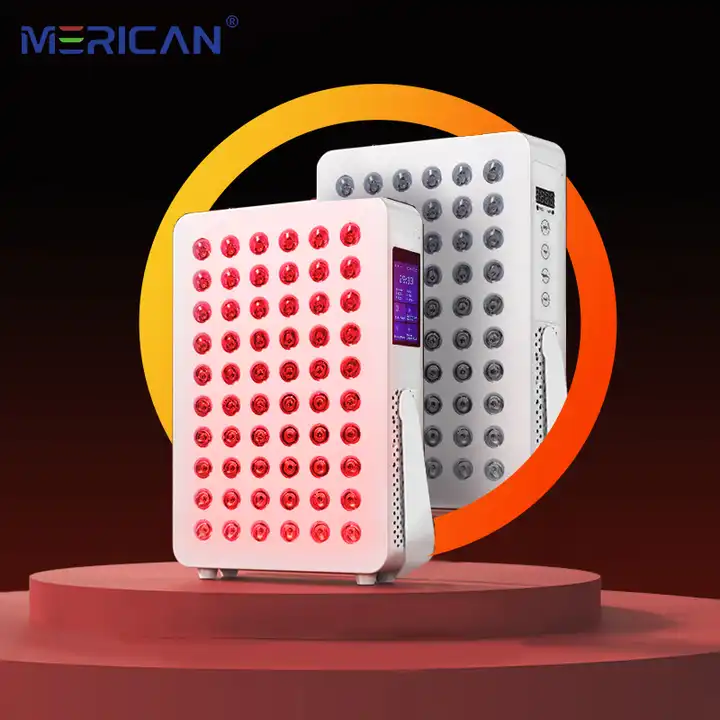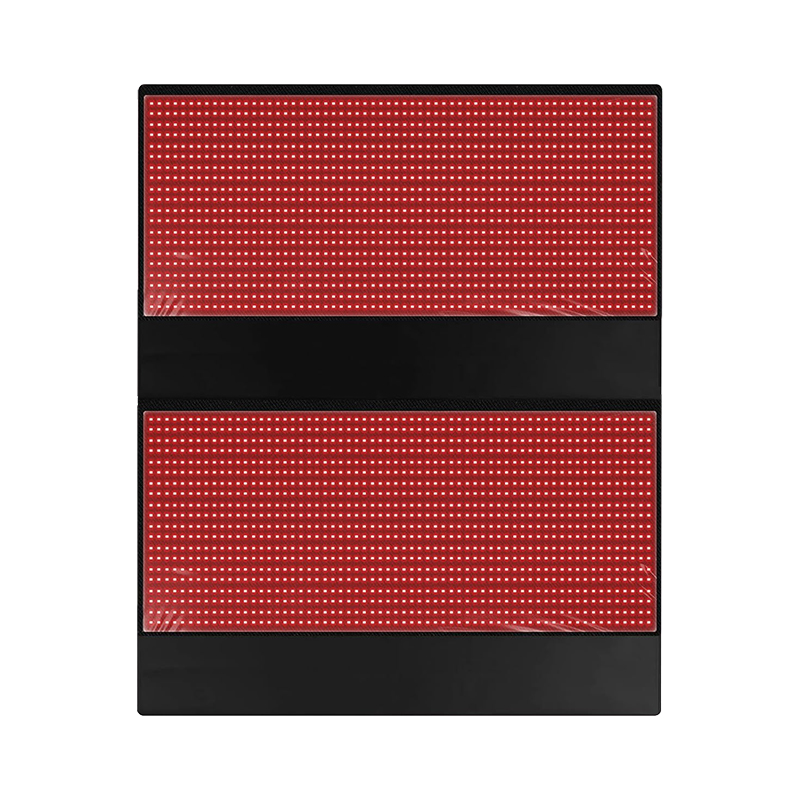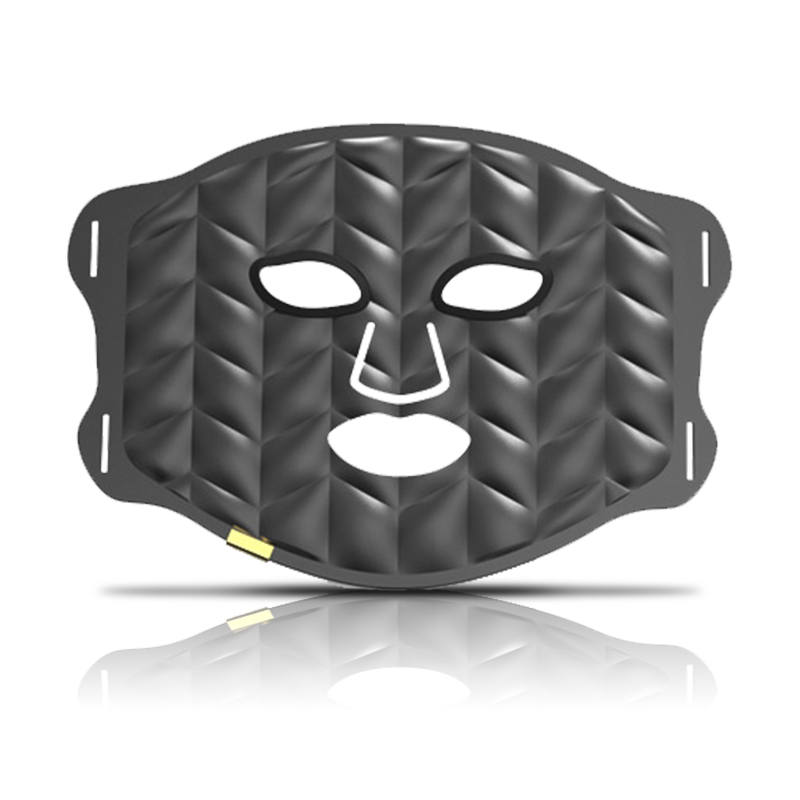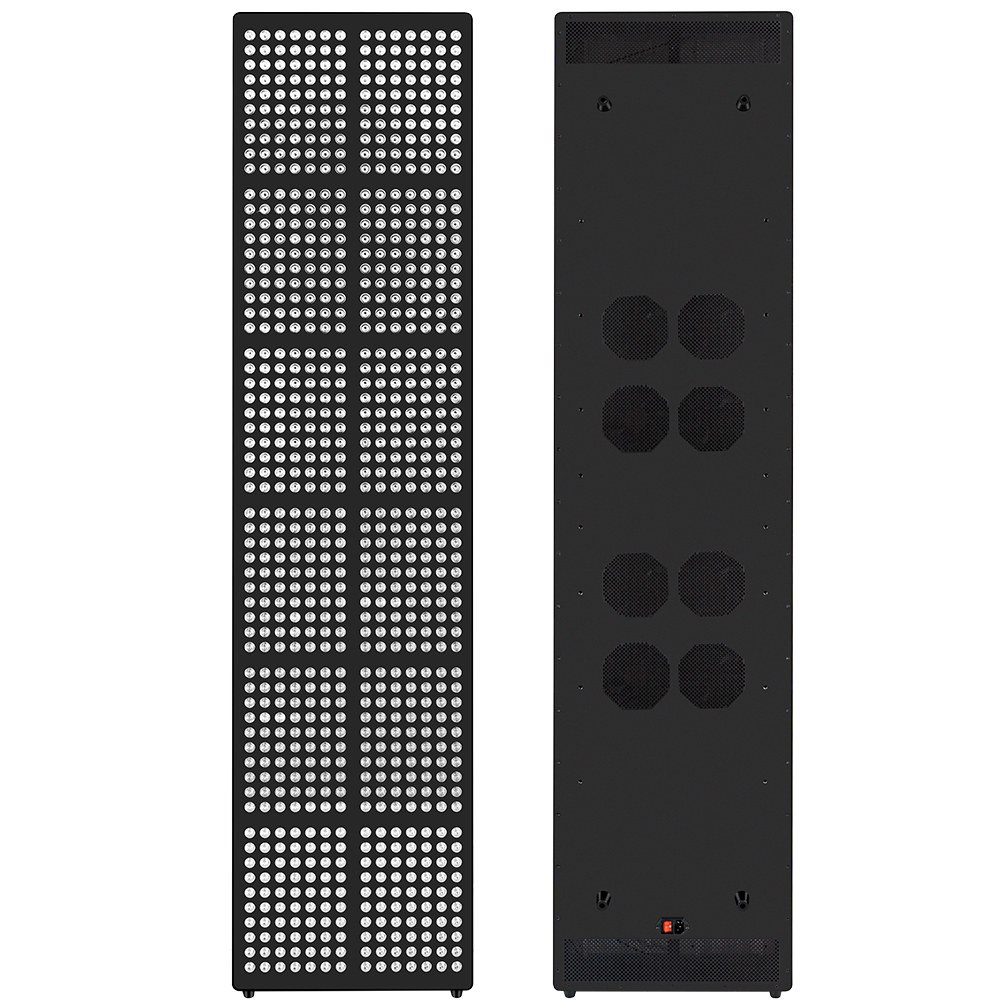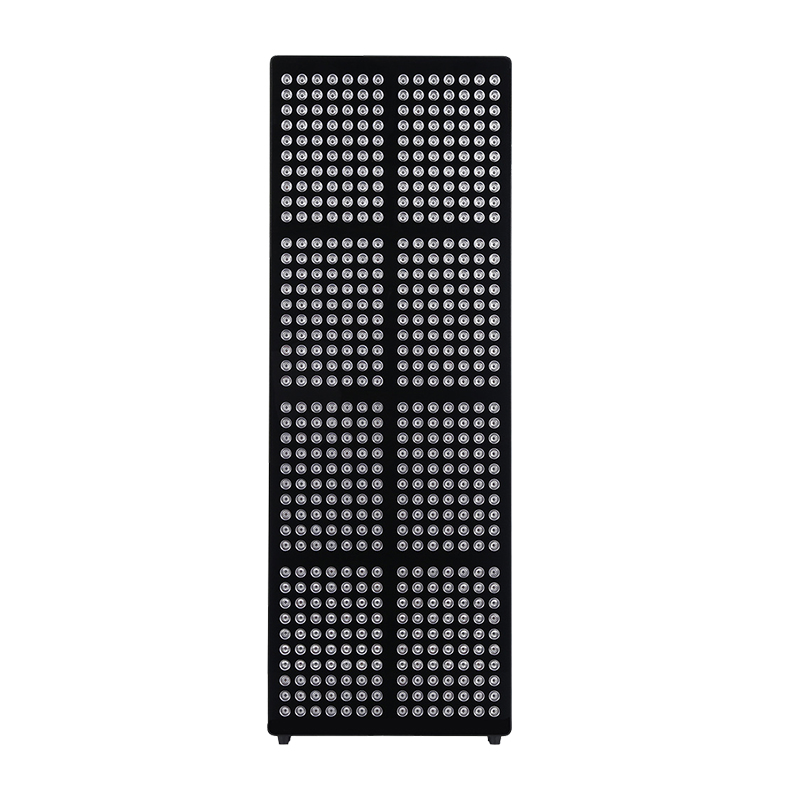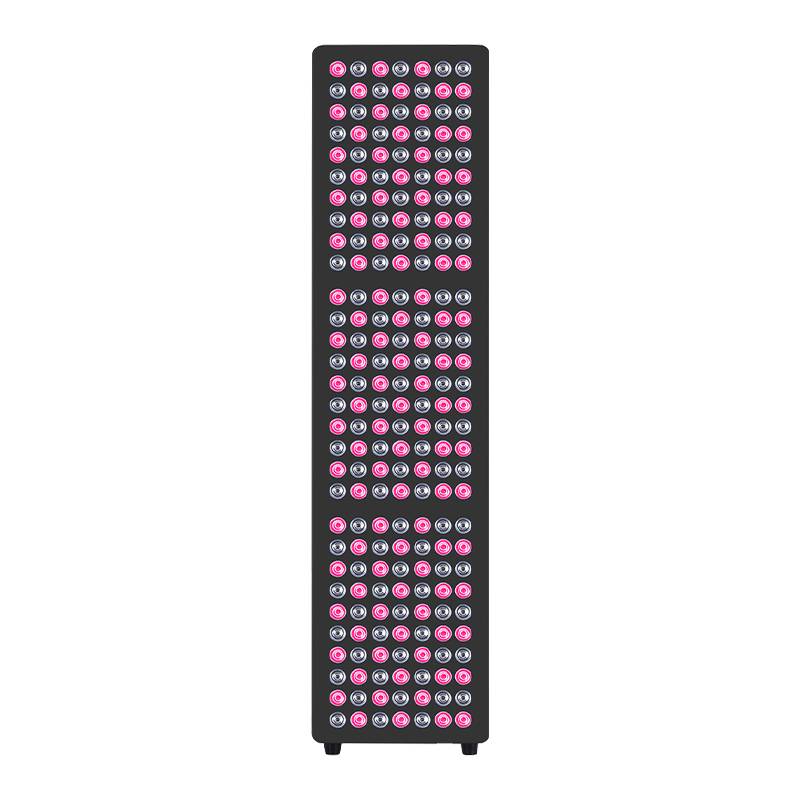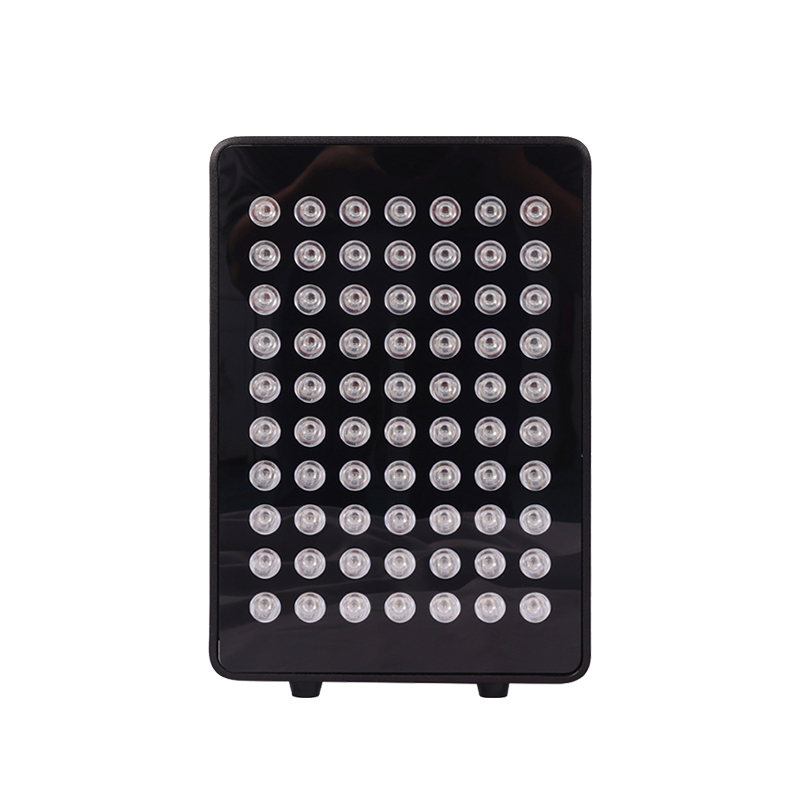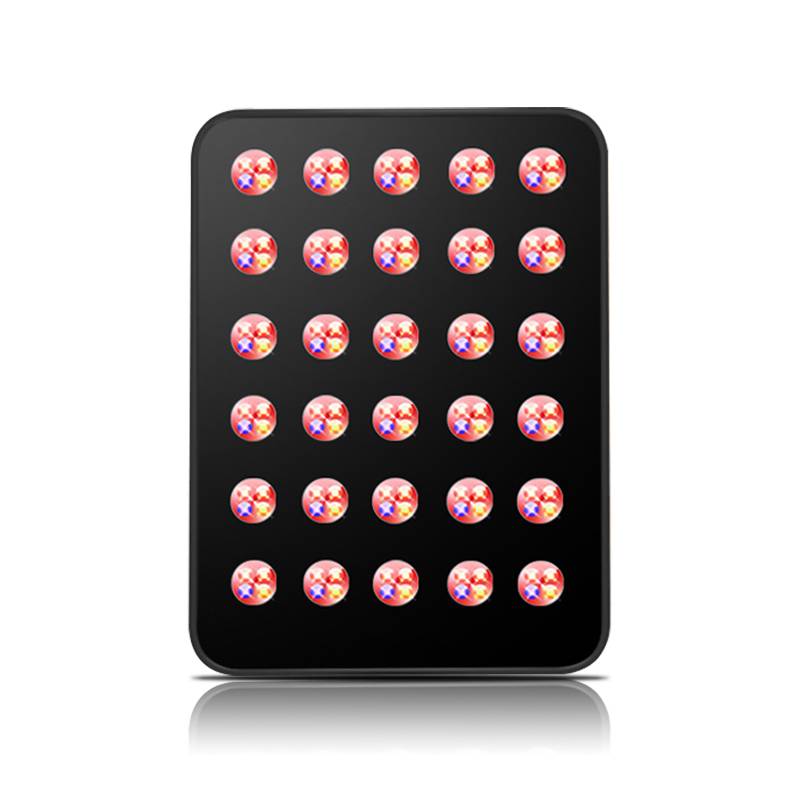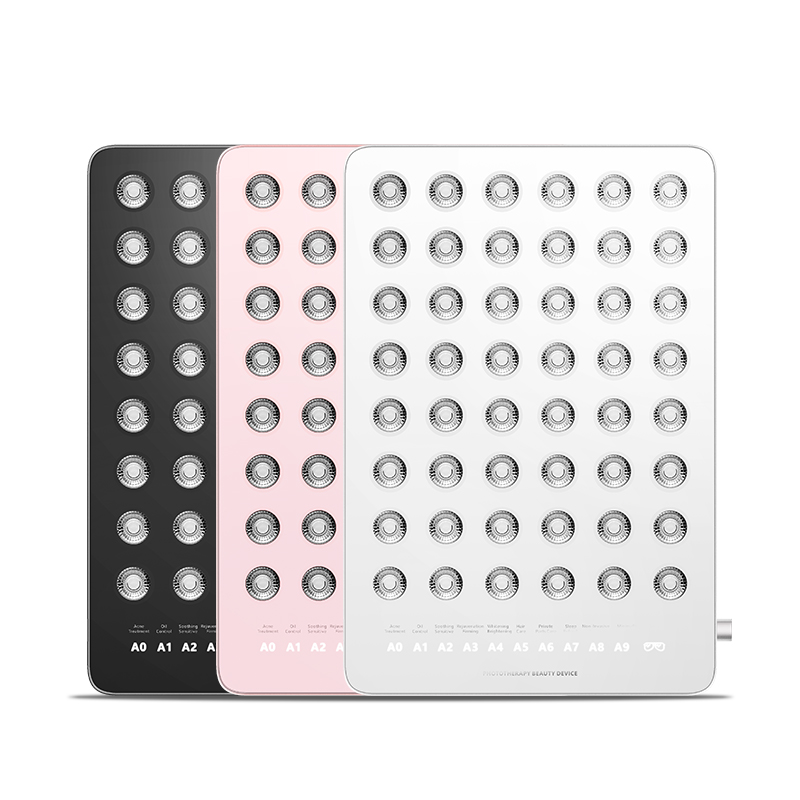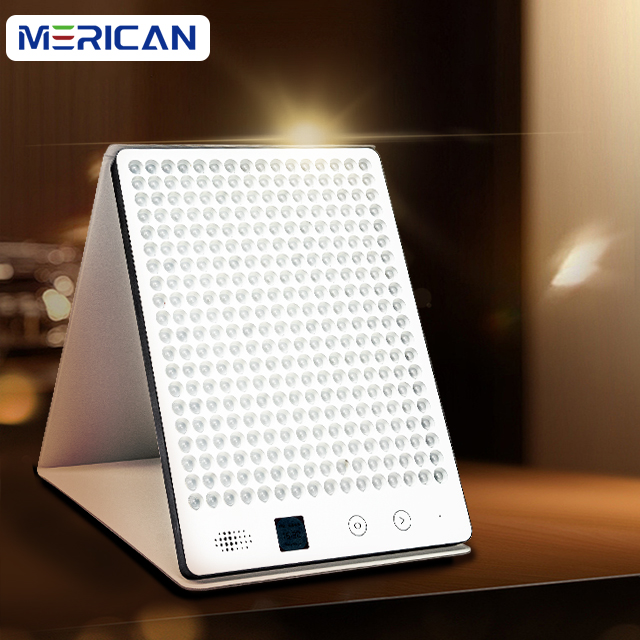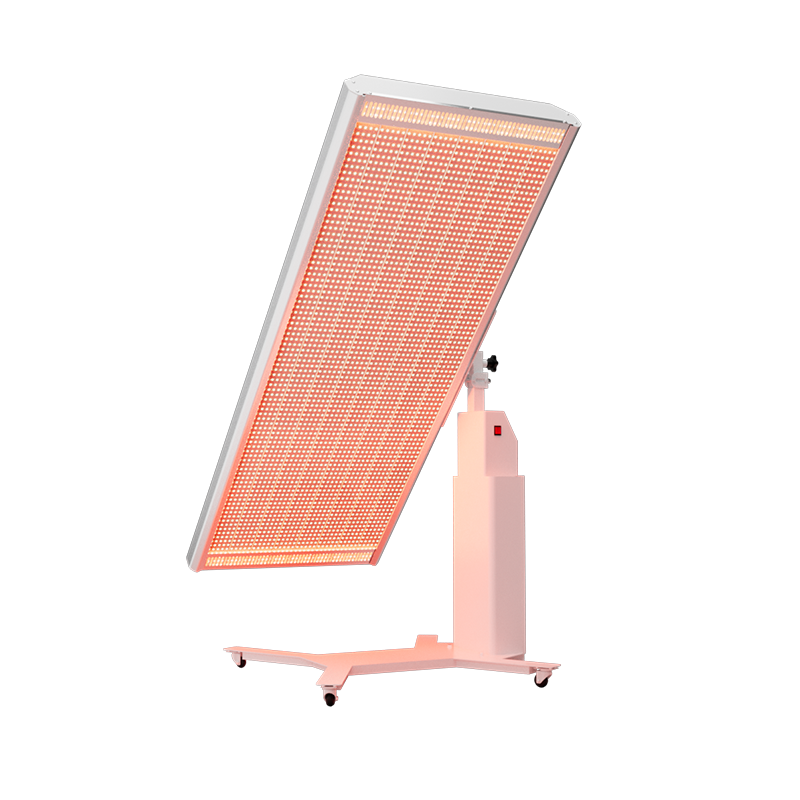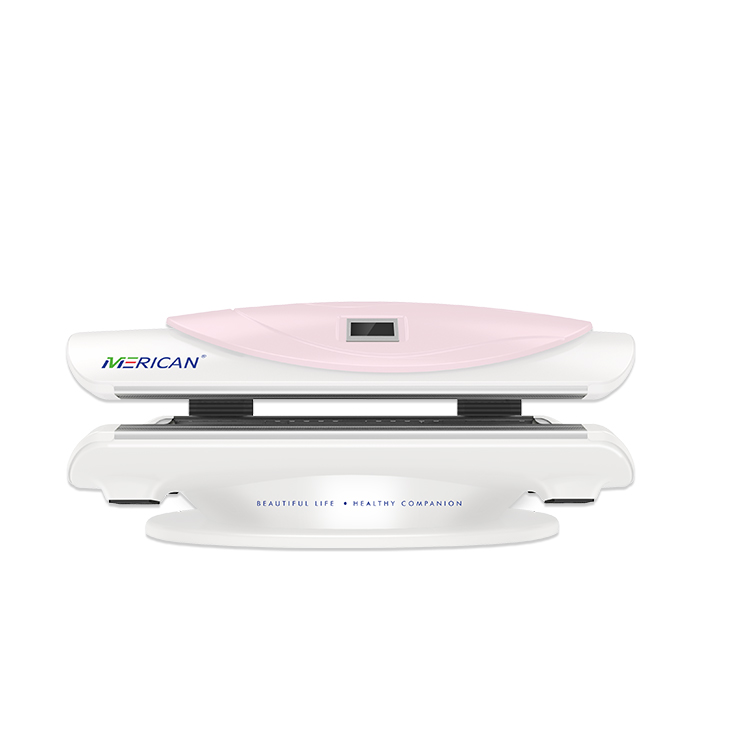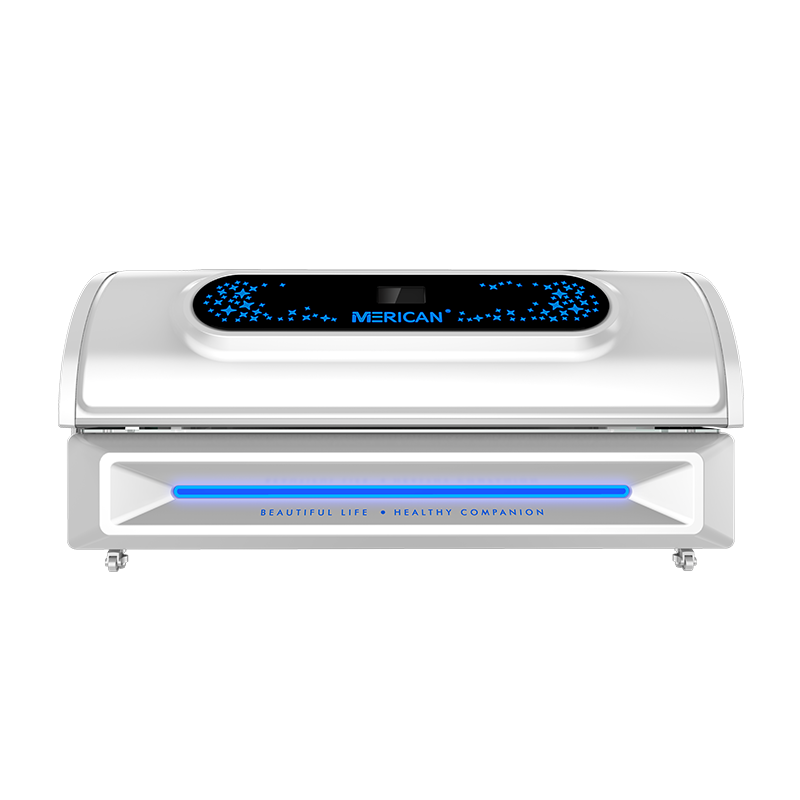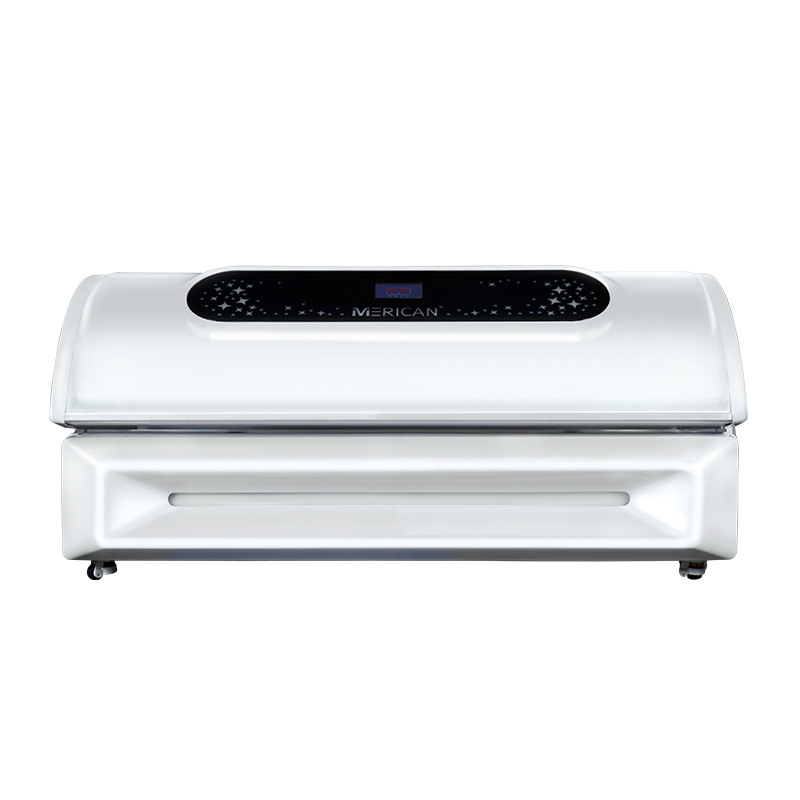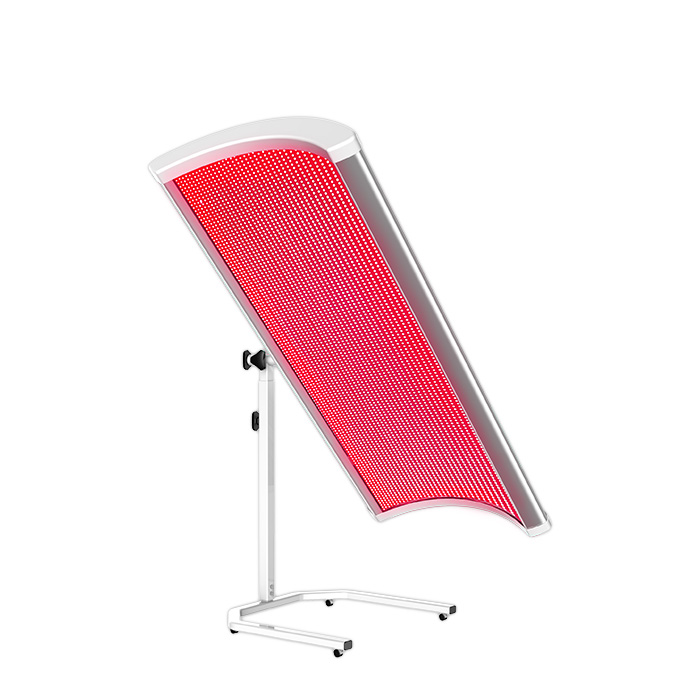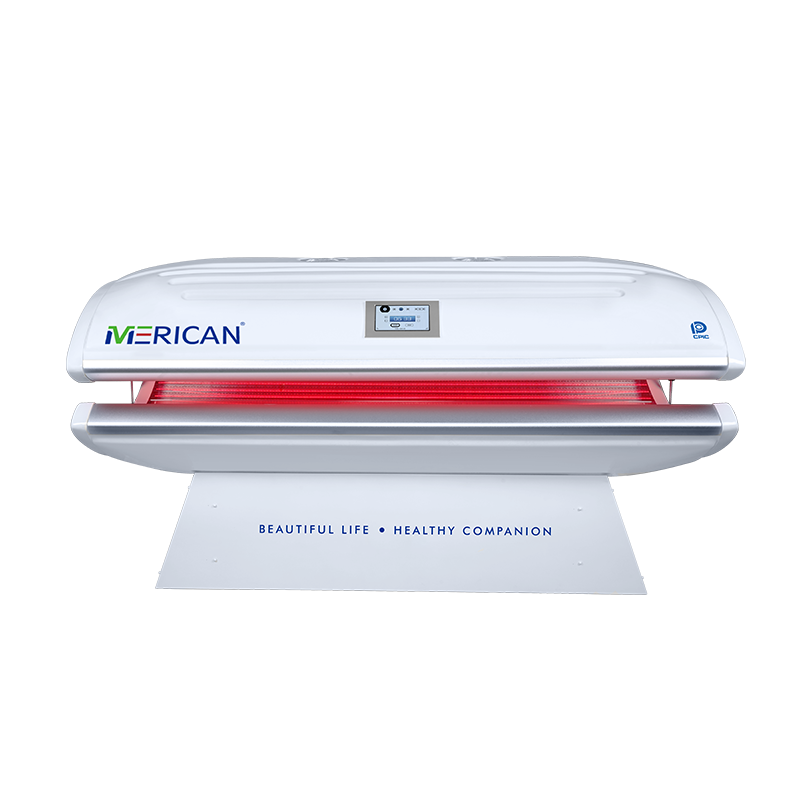1. Can you use red light therapy through clothes?
No. Clothing blocks or scatters red and near-infrared light, reducing effectiveness. Direct skin exposure is best.
2. Why doesn’t red light therapy work through clothing?
The fabric absorbs or reflects light, preventing the wavelengths from reaching the skin and cells.
3. What kind of clothing blocks red light therapy?
Almost all fabrics—including cotton, polyester, and nylon—block a significant portion of red light. Even thin clothes reduce penetration.
4. Does red light therapy require bare skin?
Yes. To achieve maximum benefits, red light therapy should be applied directly to the skin without barriers.
5. Can thin or sheer fabrics allow red light to pass through?
Some very thin or light fabrics may let a small amount of light through, but it’s not enough for effective therapy.
6. How close should red light therapy devices be to the skin?
Most devices work best when placed 6–12 inches from bare skin, depending on manufacturer instructions.
7. Is it safe to use red light therapy without clothes?
Yes. It’s safe and often recommended to expose the treatment area fully for the best results. Always wear protective goggles for eye safety.
8. Can I cover my body with a blanket or towel during red light therapy?
No. Any barrier will block the light. The target skin area needs direct exposure.
9. What areas of the body benefit most from direct red light therapy?
Common areas include the face, joints, muscles, and larger skin surfaces like the back or legs.
10. What’s the best way to prepare for a red light therapy session?
Wear minimal clothing, cleanse the skin, remove makeup or lotions, and position the device at the recommended distance.

